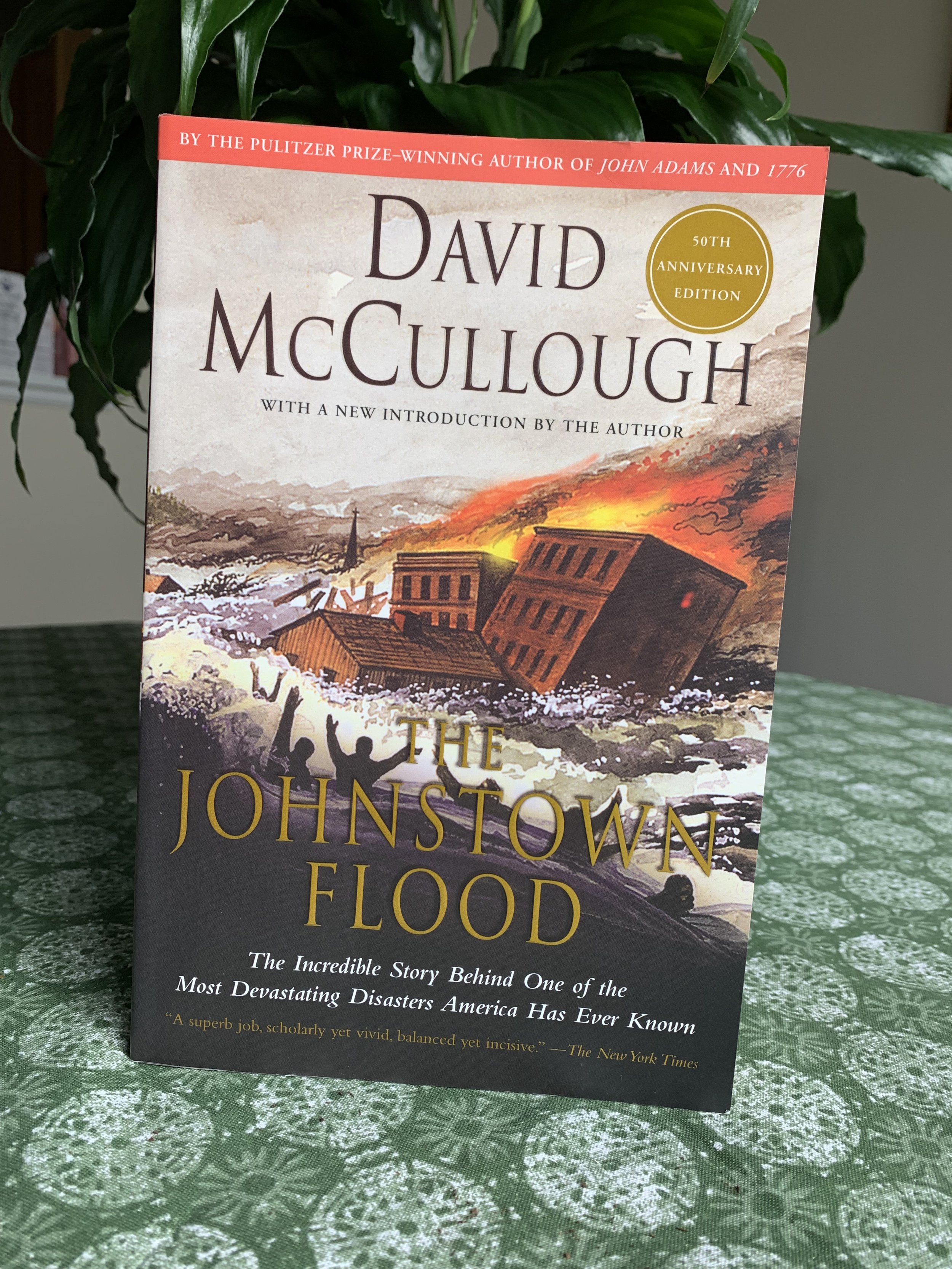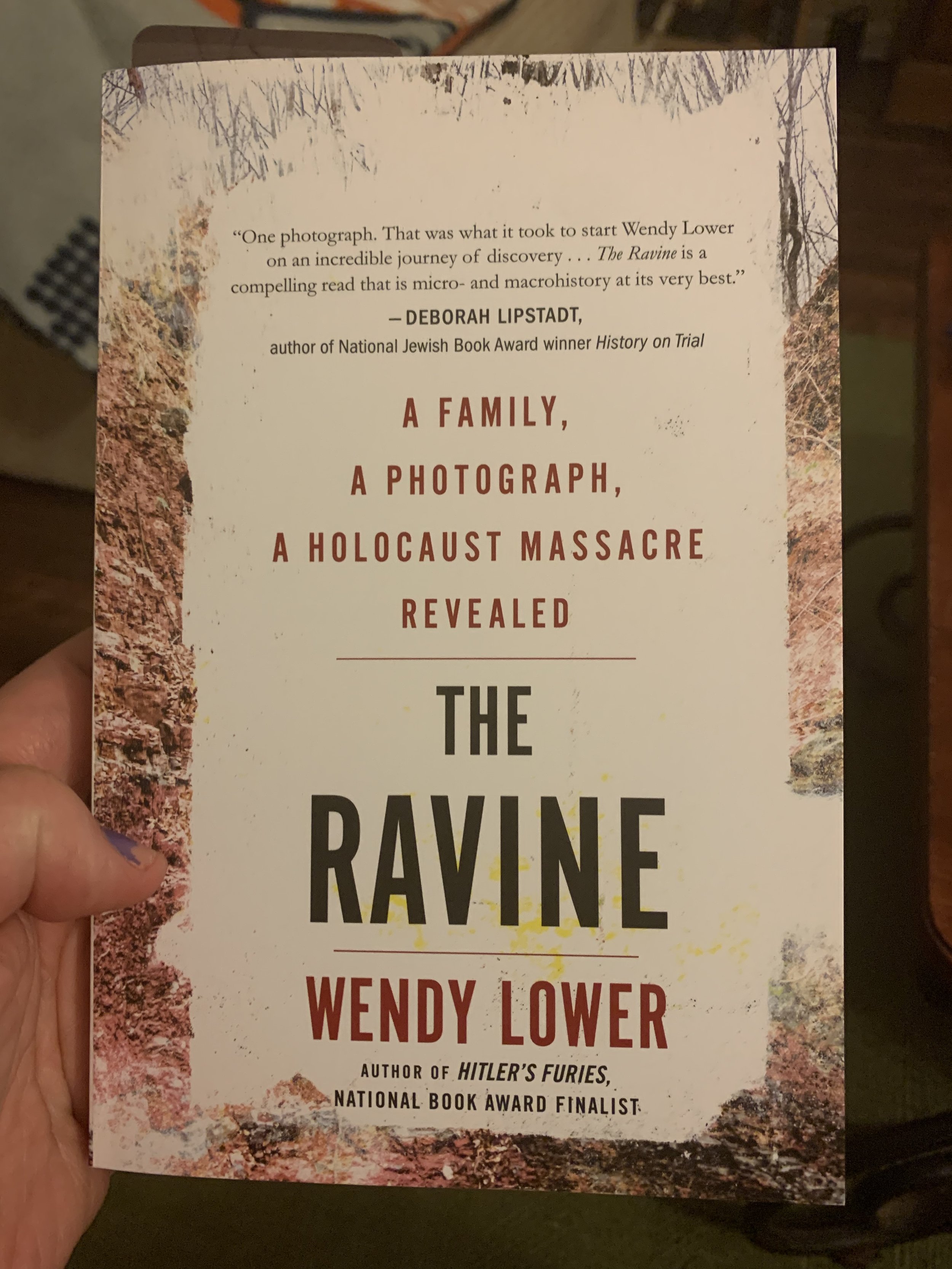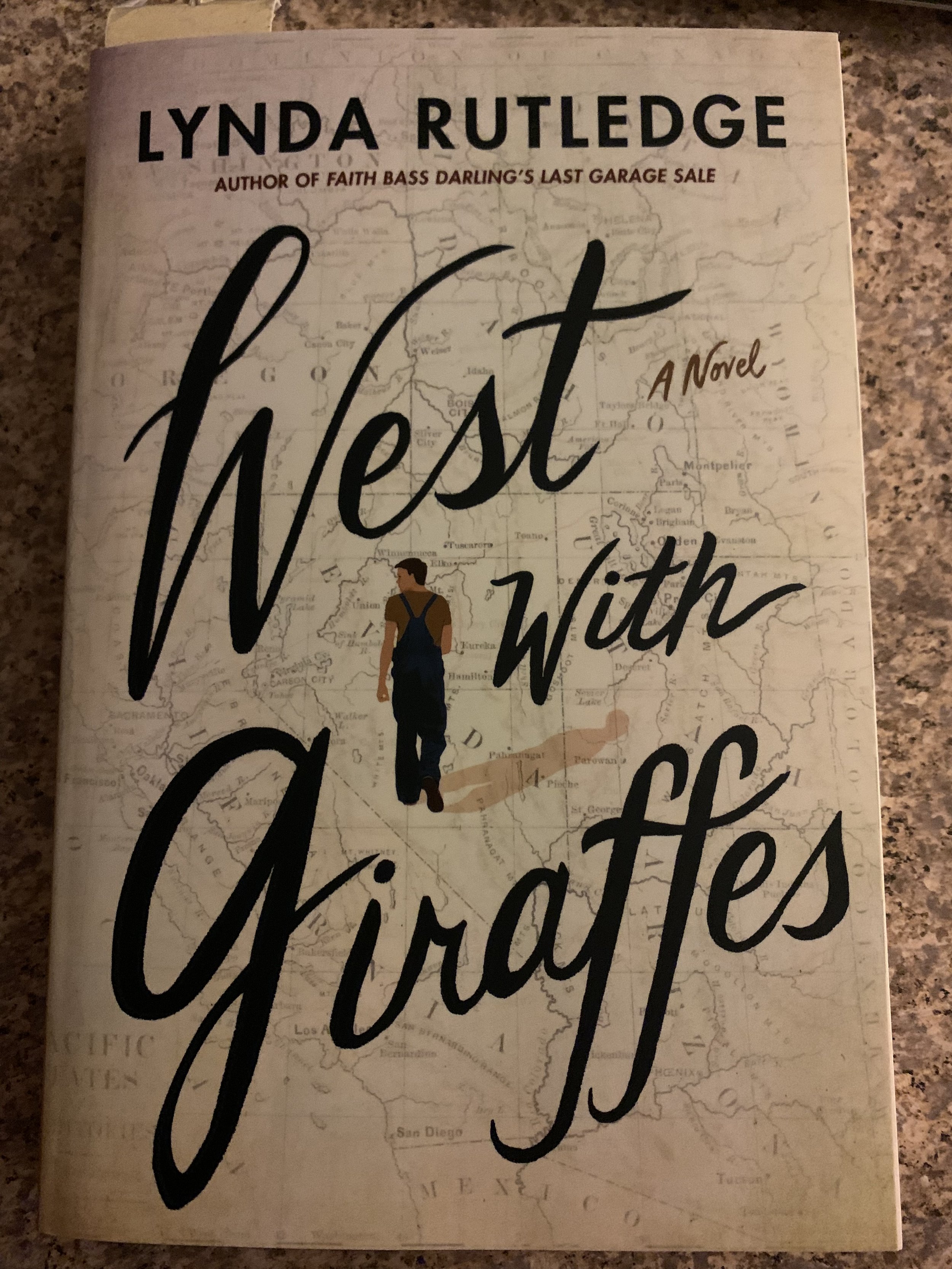I’ve been on a nonfiction kick lately, so this month—like last month and the month before—the best book I read was a work about history: The Johnstown Flood by David McCullough. The book is short (for a history book), but it packs a solid punch.
McCullough’s book tells the story of Johnstown, a small town outside of Pittsburgh, and how it was wiped out by a catastrophic flood in 1889. (Don’t worry! Johnstown rebuilt—only to be hit by floods again in 1936 and 1977.) The first chapters meander a bit, as McCullough weaves the tale of the town, its people, and the dam that proved to be their archnemesis. But once McCullough gets to the day of the flood, the story gets much tighter and more powerful. The focus is on the people and towns affected by the flood—the destruction of property, the loss of lives, and tales of seemingly-random survival. It is a tense and emotional tale.
There’s a not-so-implicit statement, too, in this tale, about the ultra-rich and the ordinary joe. The people of Johnstown were, of course, the latter. The ultra-rich were those for whom the dam was built, including Andrew Carnegie—for their pleasure and their leisure. It is hard not to see parallels between the ultra-rich of this story and the billionaires of today and their relationships to the rest of us.




